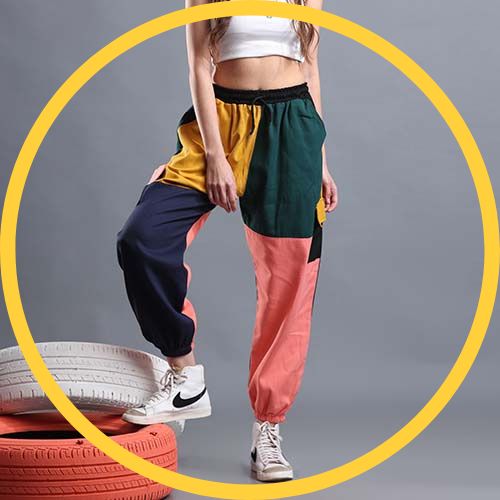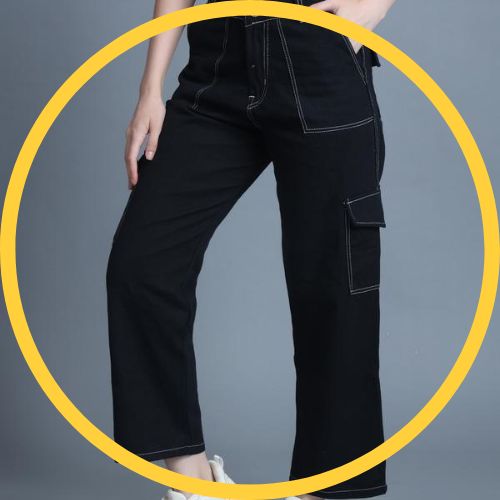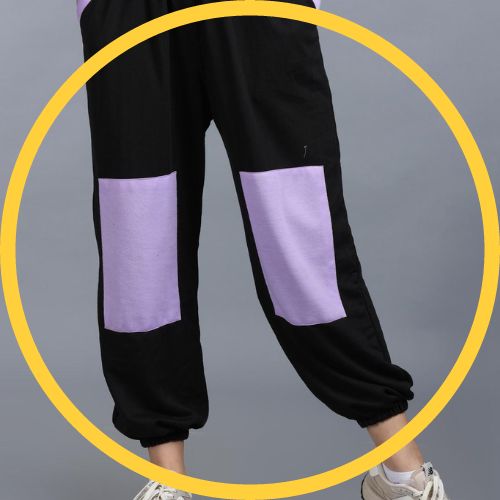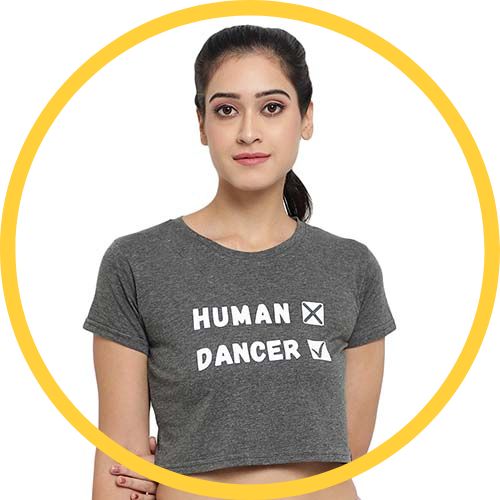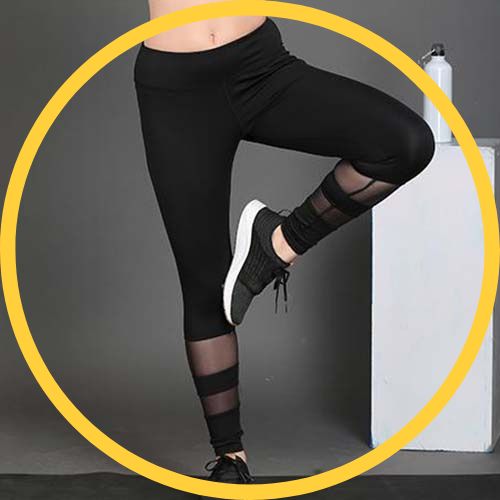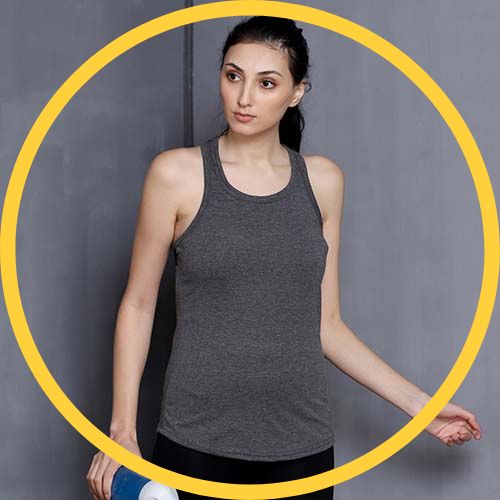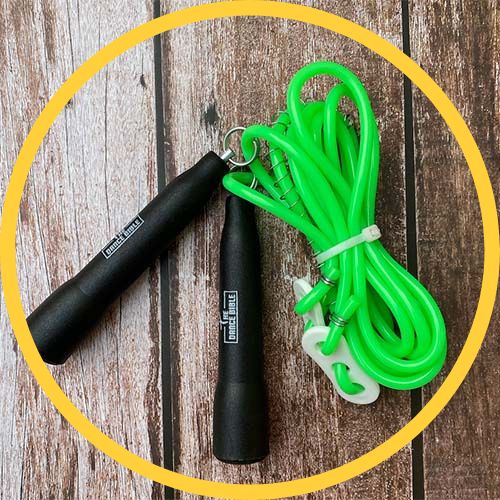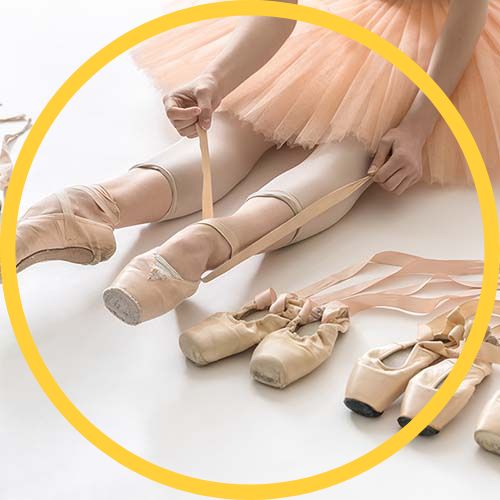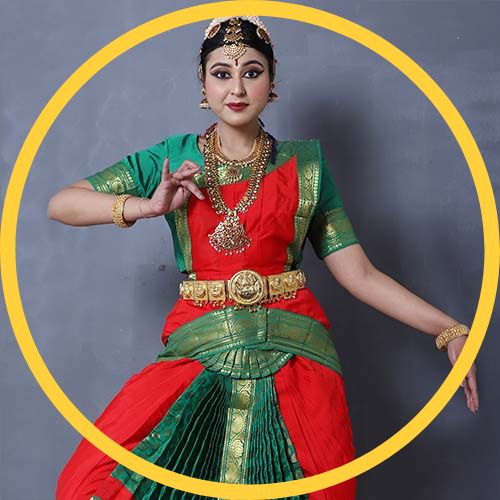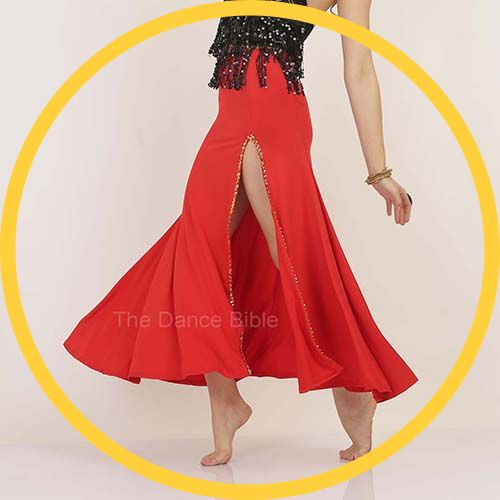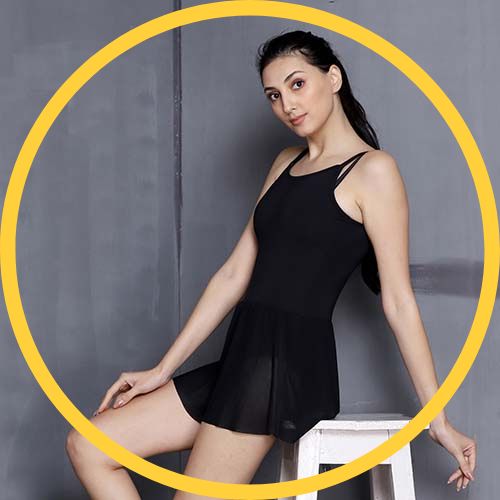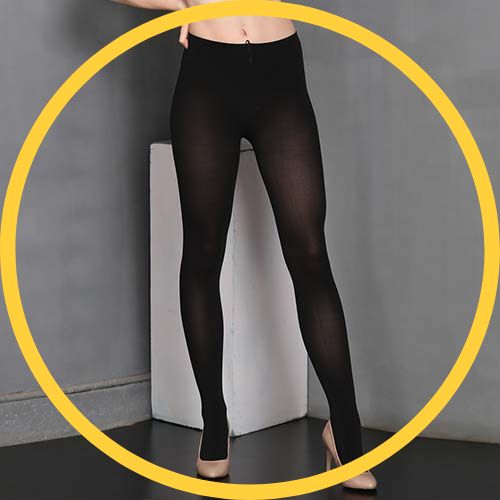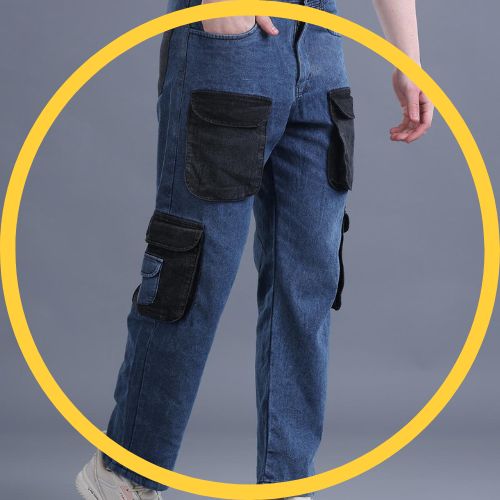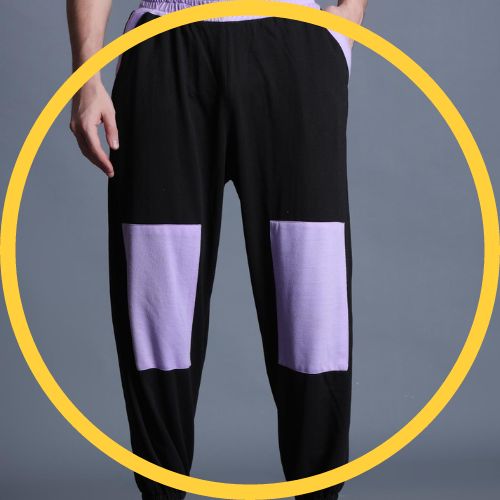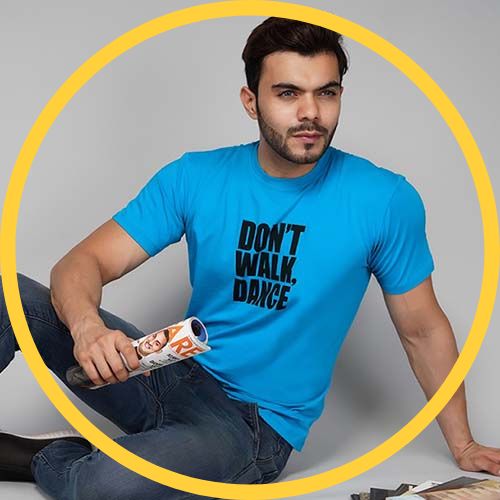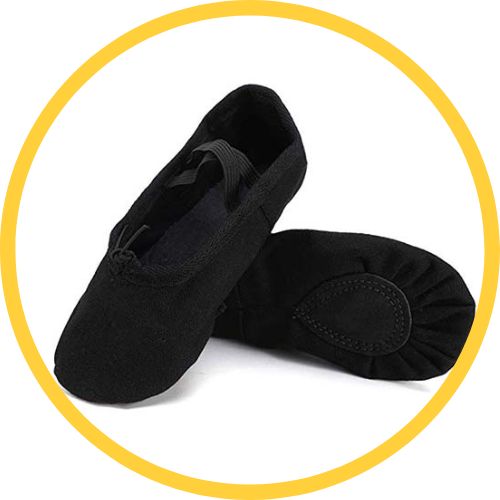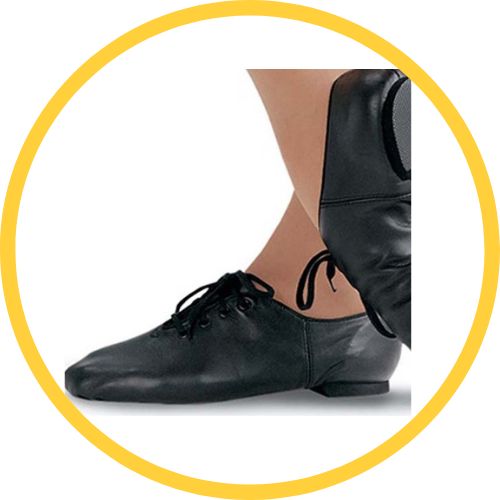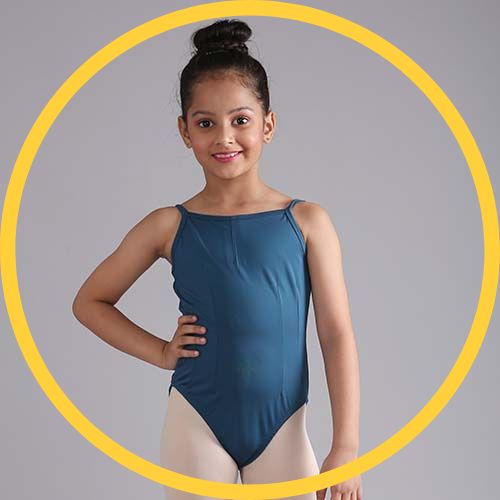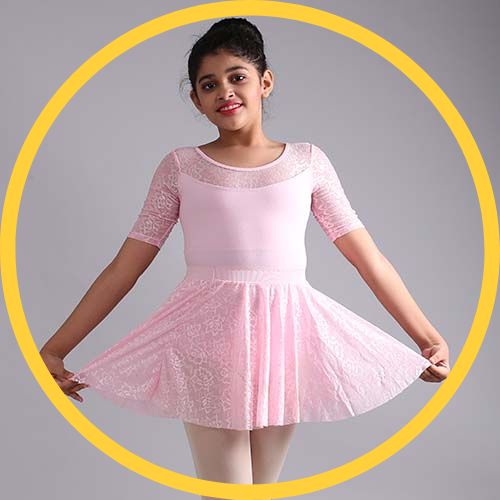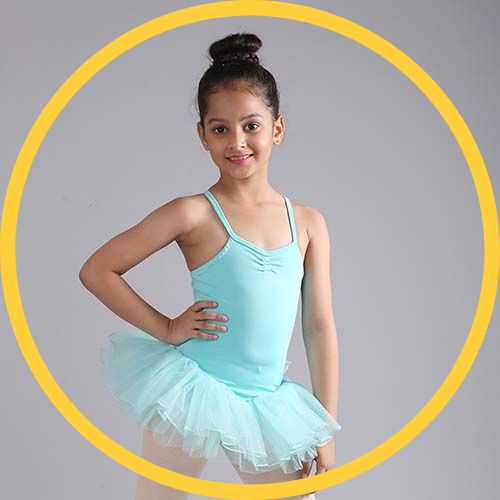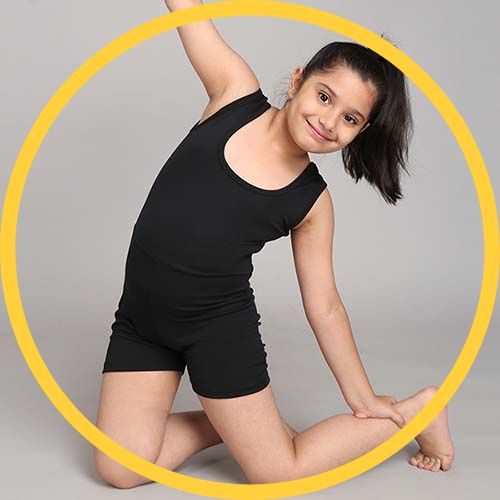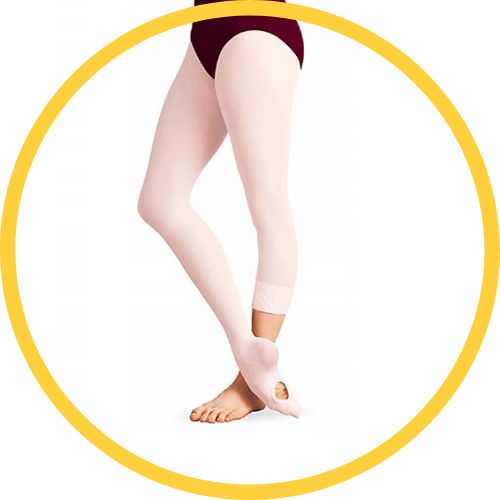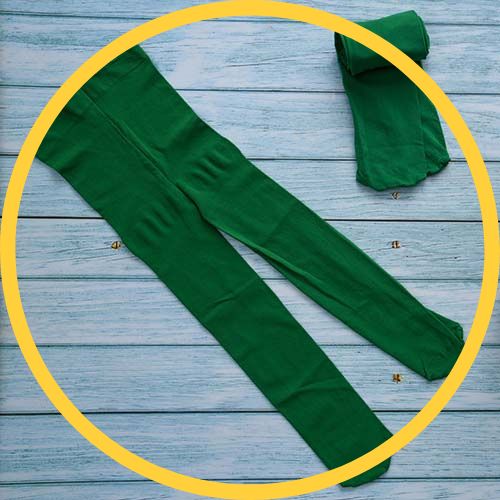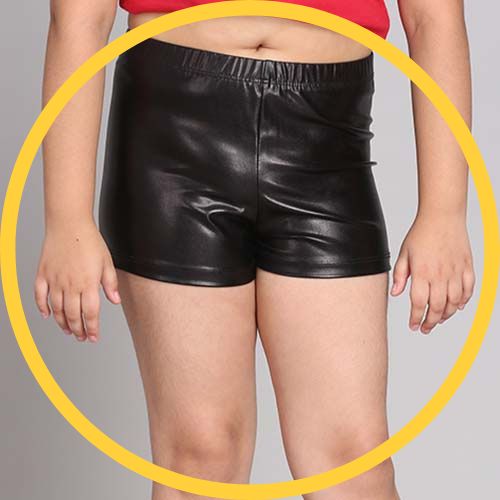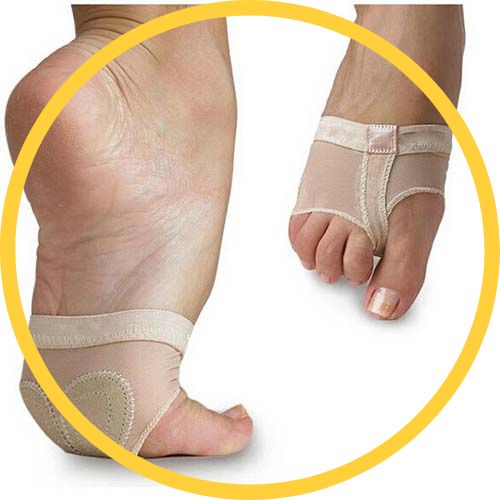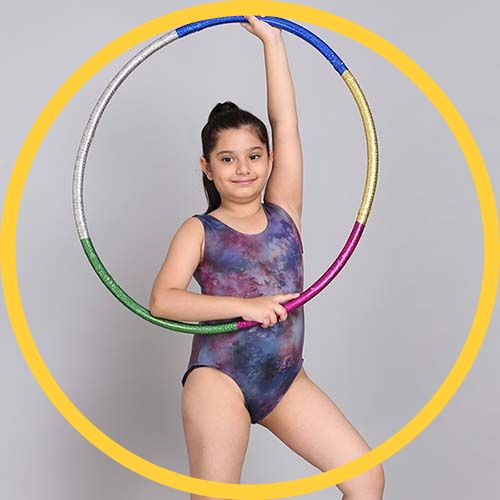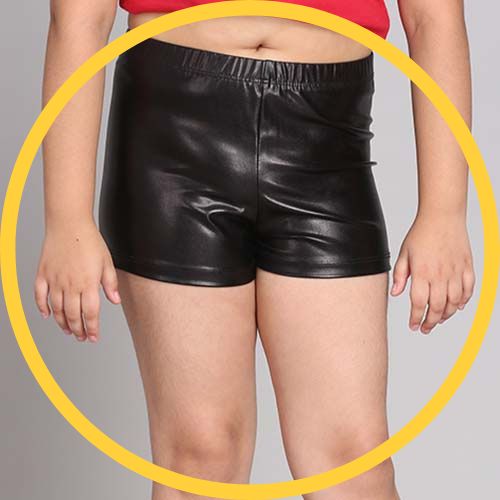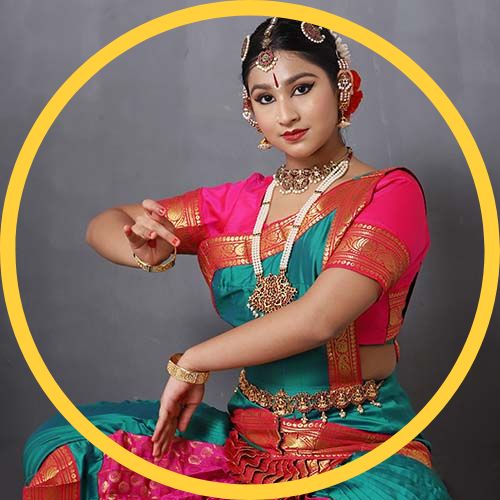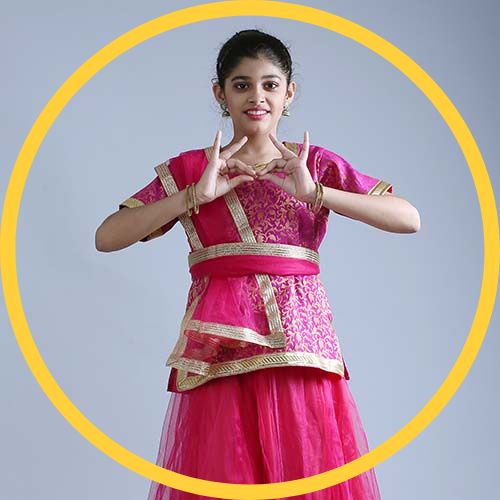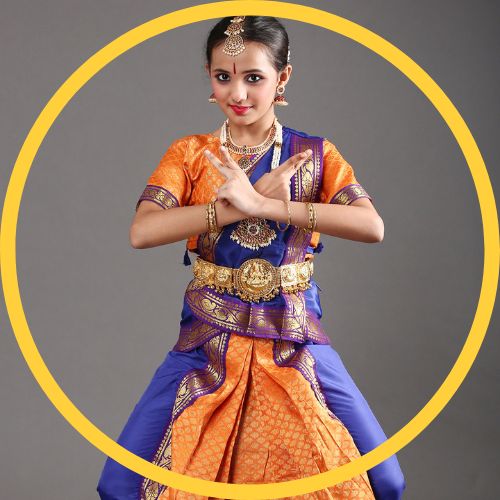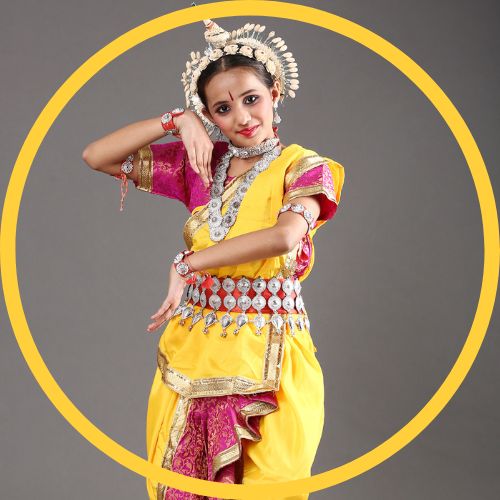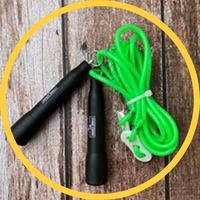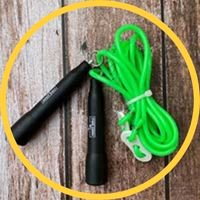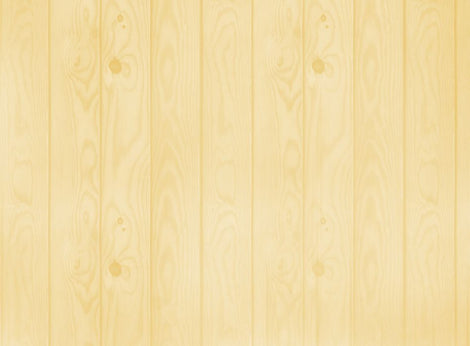Mastering Pirouettes: Tips for Ballet Dancers to Improve their Technique

Pirouette is a French word which stands for “spinning top”, it's especially performed by ballet dancers. Turning on one foot while executing quick outward and inward thrusts with the working leg at each revolution, usually executed in succession. Following a preliminary turn in place on one leg, the dancer extends the working leg straight out to the side while bending the knee of the supporting leg (second position, en l'air). The working leg is then brought in for the turn so that the toe touches the knee of the supporting leg. The toe or ball of the foot (demi-pointe) is used to complete the turn (pointe: women only). Up to 32 fouettés en tournant may be needed by contemporary choreographers.
As a dancer, pirouettes are an essential skill-set for you, but it is equally beautiful and challenging to perfect. Practice is the key to perfection, they say, but are you practicing for hours and still falling out of your pirouettes? Here are a few ways you can fix your mistakes.
- A stable starting position is the key - Keeping your position firm and maintaining alignment is necessary for cleaner pirouettes. Avoid changing positions through the turns. Establish your retired leg and place your body weight on your front leg. Make sure your hips are straight, it is extremely important to align your shoulders with your hips and then begin. Keep your spine and neck as straight as possible creating an axis for your turns to be clean and effortless
- If you're falling backwards - Push your shoulders forward, close your rib cage and keep your pelvis in a neutral position and engage your core.
- If you're falling forwards - Straighten your spine and pull your body upwards while pushing your shoulders back. Slightly lift your arms and lock your knees. Bent knees are mainly the primary cause of a fall.
- If you're falling sideways - Square your hips and your shoulders, while pressing on your working side and lifting your supporting side and get to your turning position in one count.
- Strength training will only elevate your performance as a dancer and can help you achieve your goals. Strengthening the legs and the ankles will give you stability during pirouettes.
- Don't be stiff - Relax your muscles and loosen up a little, tense muscles will work against you and make you lose your balance. Keep your muscles relaxed and allow your head to move around quickly and smoothly while you spot. Forget that you have arms and make the pirouette using the rest of your body.
- Just before the finish, lift up, activate your core muscle a little bit for a more graceful and flawless landing.
It's really important to choose the correct attire and footwear for pirouettes. In the vast options of dresses in the market the best investment would be a comfortable leotard with skirt which will be giving you all the comfort with style. Correct ballet shoes are supremely important that’ll save you from slipping and will protect your toe at the same time. You can choose from classic ballet slippers to half-toe shoes or pointe shoes based on your training and experience level.








